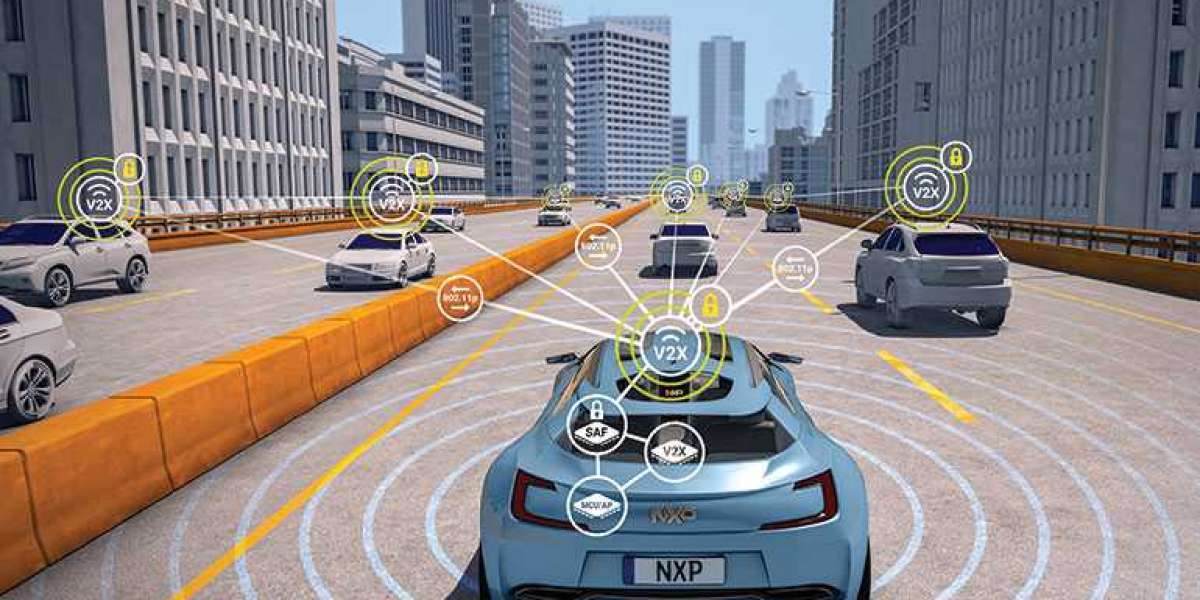What is V2X Technology?
This technology utilizes dedicated short-range communications (DSRC) and cellular vehicle-to-everything (C-V2X) to transmit safety and mobility data.
V2X enables vehicles to send and receive a variety of data including location, speed, heading and braking status to surrounding infrastructure and vehicles. This exchange of information in real-time allows vehicles and infrastructure to "see" around corners and beyond line-of-sight. V2X has the potential to significantly reduce accidents by providing advanced warning of potential hazards.
How Does V2X communication Work?
V2X uses two modes of communication - vehicle-to-vehicle (V2V) and vehicle-to-infrastructure (V2I). V2X Communication allows vehicles to broadcast their location, speed and planned path to surrounding vehicles. This gives drivers advanced visibility of potential hazards like unseen vehicles approaching an intersection. Vehicles can also receive warnings about obstacles and hazardous road conditions from infrastructure like traffic lights using V2I communication.
V2X transmissions occur over a dedicated 5.9 GHz spectrum using specially-designed automotive radios. Messages are sent via DSRC or C-V2X in the form of basic safety messages (BSMs) broadcasted 10 times per second with details of the vehicle's state. Surrounding vehicles detecting these signals can identify potential collision situations and cue advanced driver assistance systems to warn drivers or autonomously intervene if needed. Traffic lights and signs can also transmit messages to approaching vehicles about signal phase timing or roadwork zones.
Get more insights on – V2X Communication
Get More Insights—Access the Report in the Language that Resonates with You.








